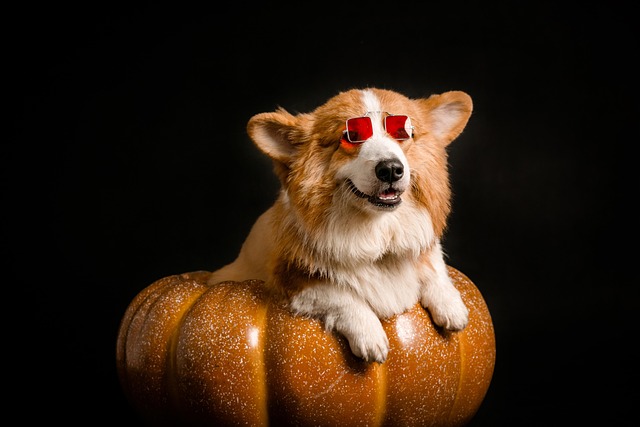
What is glaucoma in a dog?
You might notice your dog squinting more at mealtime or avoiding bright sunlight—these small changes could be early signs of a serious eye condition.
Discovering your dog is struggling with a urinary tract infection (UTI) can feel like a gut punch. The constant pacing to the door, strained urination, or even blood in their pee are distressing signs no pet parent wants to see. But here’s the good news: with prompt veterinary care and proper management, most canine UTIs are highly treatable.
UTIs occur when bacteria, usually E. coli, enter the urinary tract and multiply. Female dogs are more prone due to their anatomy, but males aren’t immune. Certain factors like obesity, diabetes, or underlying kidney issues can increase the risk. Symptoms vary—your dog might pee more frequently, squat without producing much urine, or show signs of discomfort when urinating. In severe cases, they may lose interest in food or seem unusually lethargic.
If you suspect a UTI, it’s crucial to skip the DIY remedies and head straight to the vet. While home tests exist, they can’t replace a professional diagnosis. In many places, it’s illegal for pet owners to administer antibiotics without a prescription, so resist the urge to borrow meds from another pet’s stash. Vets will perform a urinalysis to confirm the infection and determine the best course of treatment.
Treatment typically involves a course of antibiotics, usually lasting 7-14 days. It’s vital to give the full prescribed dosage, even if your dog seems better after a few days. Skipping doses can lead to antibiotic resistance, making future infections harder to treat. Some vets may also recommend pain relief medications to ease discomfort during urination.
 During recovery, keep an eye on your dog’s litter box or outdoor bathroom habits. Note any changes in frequency or consistency of urine. If symptoms persist or worsen after starting treatment, contact your vet immediately. Remember, you know your dog best, so trust your instincts if something still seems off.
During recovery, keep an eye on your dog’s litter box or outdoor bathroom habits. Note any changes in frequency or consistency of urine. If symptoms persist or worsen after starting treatment, contact your vet immediately. Remember, you know your dog best, so trust your instincts if something still seems off.
Preventing future UTIs starts with good hygiene. Ensure your dog always has access to clean, fresh water—dehydration thickens urine and promotes bacterial growth. For dogs with recurrent infections, vets may recommend switching to a prescription diet formulated to reduce crystal formation in the urine. Just be sure to follow label instructions carefully, as altering your dog’s diet without veterinary guidance could cause other health issues.
In public spaces, discourage your dog from sniffing or urinating on areas with high bacterial loads, like communal water bowls at dog parks or around trash cans. While it’s natural for dogs to mark their territory, minimizing exposure to contaminated surfaces can lower the risk of infection. And if you board your dog, choose facilities that prioritize cleanliness and individual feeding stations.
Recovery time varies, but most dogs bounce back within a week of starting treatment. However, some cases—especially those complicated by other health conditions—might require longer management. Regular follow-up appointments help your vet monitor progress and adjust treatment as needed.
Navigating a UTI can be stressful, but staying proactive makes all the difference. By understanding the signs, seeking proper veterinary care, and implementing preventive measures, you’ll not only help your dog beat the infection but also keep their urinary health in top shape for years to come.

You might notice your dog squinting more at mealtime or avoiding bright sunlight—these small changes could be early signs of a serious eye condition.

Let’s set the scene: It’s a sweltering Phoenix afternoon—105°F outside—and you rushed your 2-year-old Lab mix, Cooper, on a quick walk to “get it over with.”

Let’s get real: You’re in your Miami apartment, watching your 3-year-old Corgi, Loki, struggle to climb the stairs to your second-floor unit.

Many dog owners brush off occasional scratching as just “dog behavior,” but persistent itching often signals something more—like a food allergy.

You might first notice your dog scratching more than usual—chewing at their paws until the fur looks thin, or rubbing their face against the couch nonstop.

Let’s be real: You’re standing in your Chicago apartment, watching your 3-year-old Beagle, Max, huff and puff just to climb onto the couch.